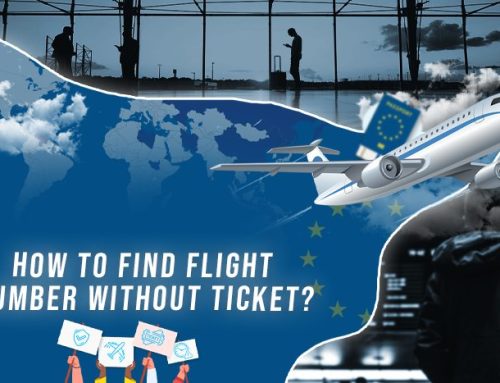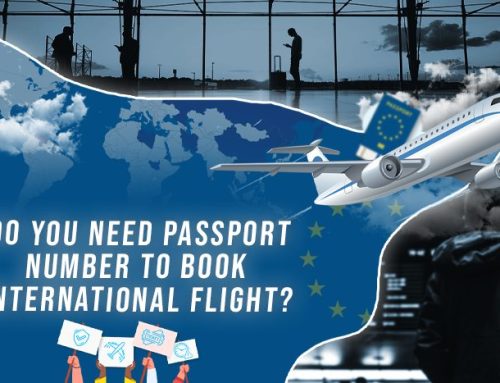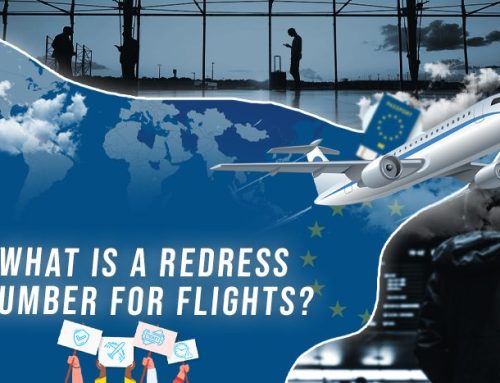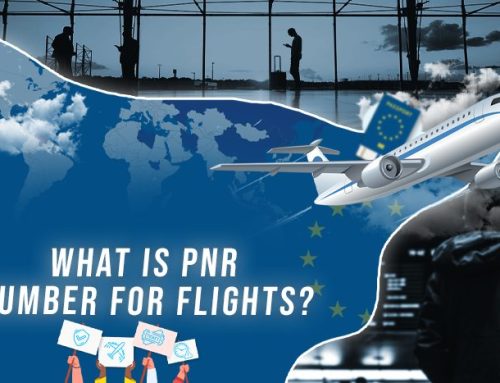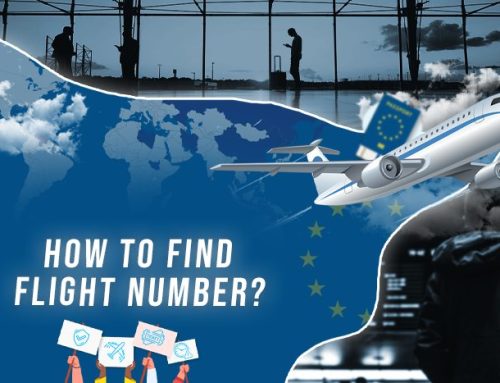Have you ever wondered why there’s a no smoking indicator on airplanes at each seat and in the lavatories? It seems like common sense that you wouldn’t smoke on a flight; however, it wasn’t illegal until a few decades ago! Before then, you could light up on a flight without a worry.
When politicians and activists first started talking about banning smoking, tobacco companies predicted revolt. They thought that passengers wouldn’t want to fly without smoking. Now, we can’t imagine a world where you could smoke on a plane.
So, when did airlines finally ban in-flight smoking, and how did it come about? The answer varies from country to country, so here’s an overview of how and when the smoking ban on airlines came into play. While they initially only applied to cigarettes, these laws were quickly adapted to include electronic cigarettes in their bans.
Key Takeaways
- Believe it or not, there was a time when smoking on airplanes was allowed! It wasn’t until the late 1980s and early 1990s that countries around the world began to ban smoking on flights.
- The timeline for banning in-flight smoking differed from country to country, with some countries implementing bans earlier than others. Additionally, some airlines implemented bans before their home countries required them to do so.
- With the rise of e-cigarettes, many countries and airlines have also banned their use on flights due to fire risks and potential harm to other passengers.
- If caught smoking on a flight, passengers may face fines, jail time, and even emergency landings. It’s important to follow the rules and respect the health and safety of other passengers and crew members.
Us In-flight Smoking Ban
For decades, health groups, legislators, and activists lobbied to ban smoking on flights in the United States. Most flight attendants fought for their rights to breathe clean air and avoid exposure to harmful secondhand smoke.
As early as 1971, there were nonsmoking sections of the plane, though it wouldn’t be until February 1990 that a regulation was finally passed to ban smoking on U.S. flights.
Canada
Air Canada first started the no smoking policy on its planes in 1990, but it wouldn’t be until 1994 that Canada banned smoking on flights operated by Canadian air carriers. It was the first country to do so, though it did not apply to foreign flights flying to Canada.
Japan
Japan Airlines was the first airline to ban smoking on domestic flights of less than one hour in 1988. It expanded its initial ban to flights up to two hours in 1990. By 1998, All Nippon Airways and Japan Airlines expanded the ban to all domestic flights, though it wasn’t until 1999 that Japanese airlines extended the ban to all international flights. They were among the last airlines to do so.
Europe
Turkey first started the ban in 1986 when they restricted smoking on all domestic and international flights that lasted less than six hours, though they didn’t extend to all flights until 1999. Sweden and Norway were soon to follow, which was soon expanded to Denmark and all Nordic countries in 1989. By 1997, the European Union had banned smoking on all flights taking place in member states.
Australia
Australia banned smoking on domestic flights in 1987, international flights in Australian airspace in 1990, and all international flights by 1996. They joined the US and Canada in banning smoking on flights between the three countries in 1995.
Can I Use Electronic Cigarettes?

With the advent of electronic cigarettes, lawmakers were quick to include these in smoking bans to protect the health and well-being of other passengers are workers. You cannot use them on the flight or check them in your luggage. This is because there is a fire risk because of the batteries.
What Happens if I Get Caught Smoking?
If caught smoking on a flight, you could be subject to a fine and jail time, depending on local and airline regulations. You may cause the flight to divert and do an emergency landing because the conditions on the plane are no longer safe.
Smoking on a plane can be dangerous, causing fires and decreased oxygen levels in the aircraft. Now that it’s illegal and has been for quite some time, you can face serious consequences for your actions, so listen to that ever-present no-smoking sign at your seat. No drag is worth risking your safety and well-being over!
Frequently Asked Questions
-
When did airlines ban smoking on flights?
The timeline for banning in-flight smoking varied by country and airline, with the US being one of the last to implement a ban in 1990.
-
Why did airlines ban smoking on flights?
Health groups, legislators, and flight attendants advocated for a ban due to the harmful effects of secondhand smoke on passengers and crew.
-
Are electronic cigarettes allowed on flights?
No, many countries and airlines have also banned the use of e-cigarettes on flights due to fire risks and potential harm to other passengers.
-
What are the consequences of getting caught smoking on a flight?
Passengers may face fines, jail time, and even emergency landings. It’s important to follow the rules and respect the health and safety of other passengers and crew members.
-
Which country was the first to ban smoking on flights operated by its carriers?
Canada was the first country to ban smoking on flights operated by Canadian air carriers in 1994.
-
When did the European Union ban smoking on all flights?
The European Union banned smoking on all flights in member states in 1997.
-
Why did some airlines resist the ban on smoking?
Tobacco companies predicted passengers wouldn’t want to fly without smoking, and some airlines resisted due to concerns about losing business from smokers.



